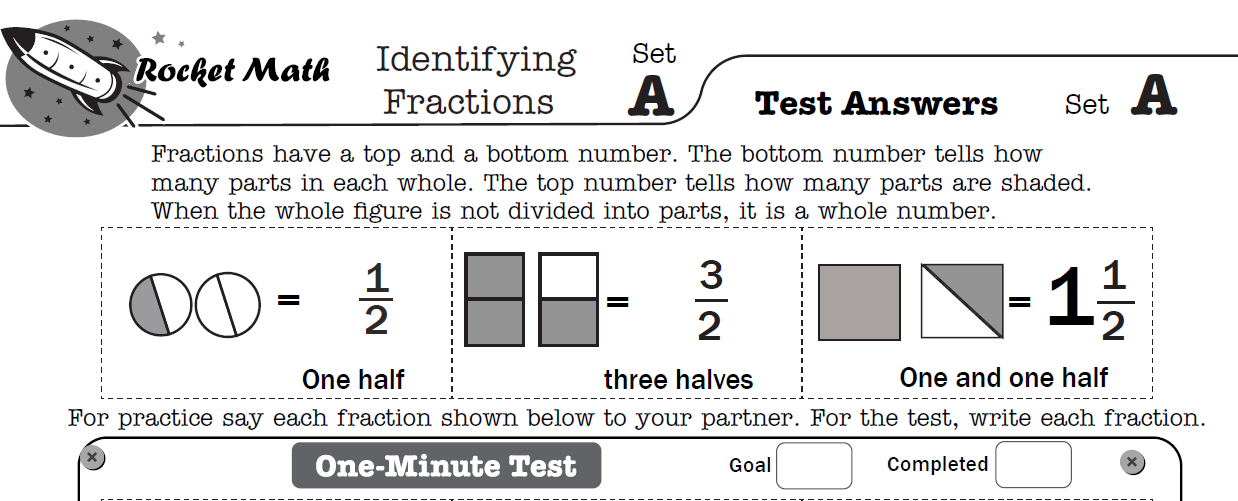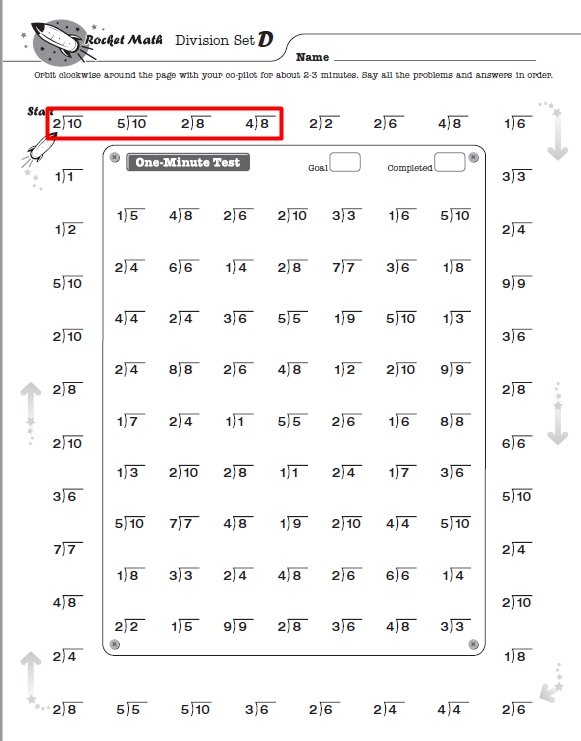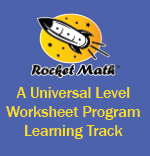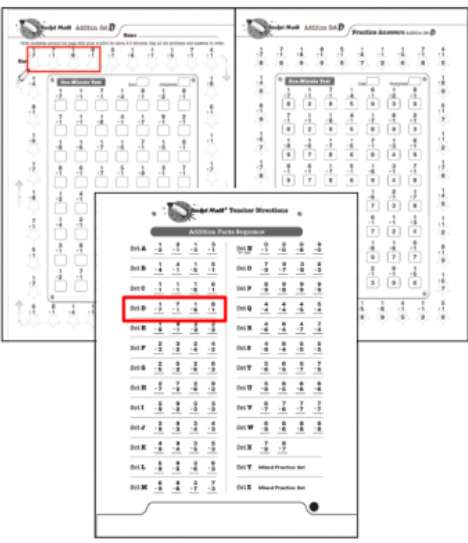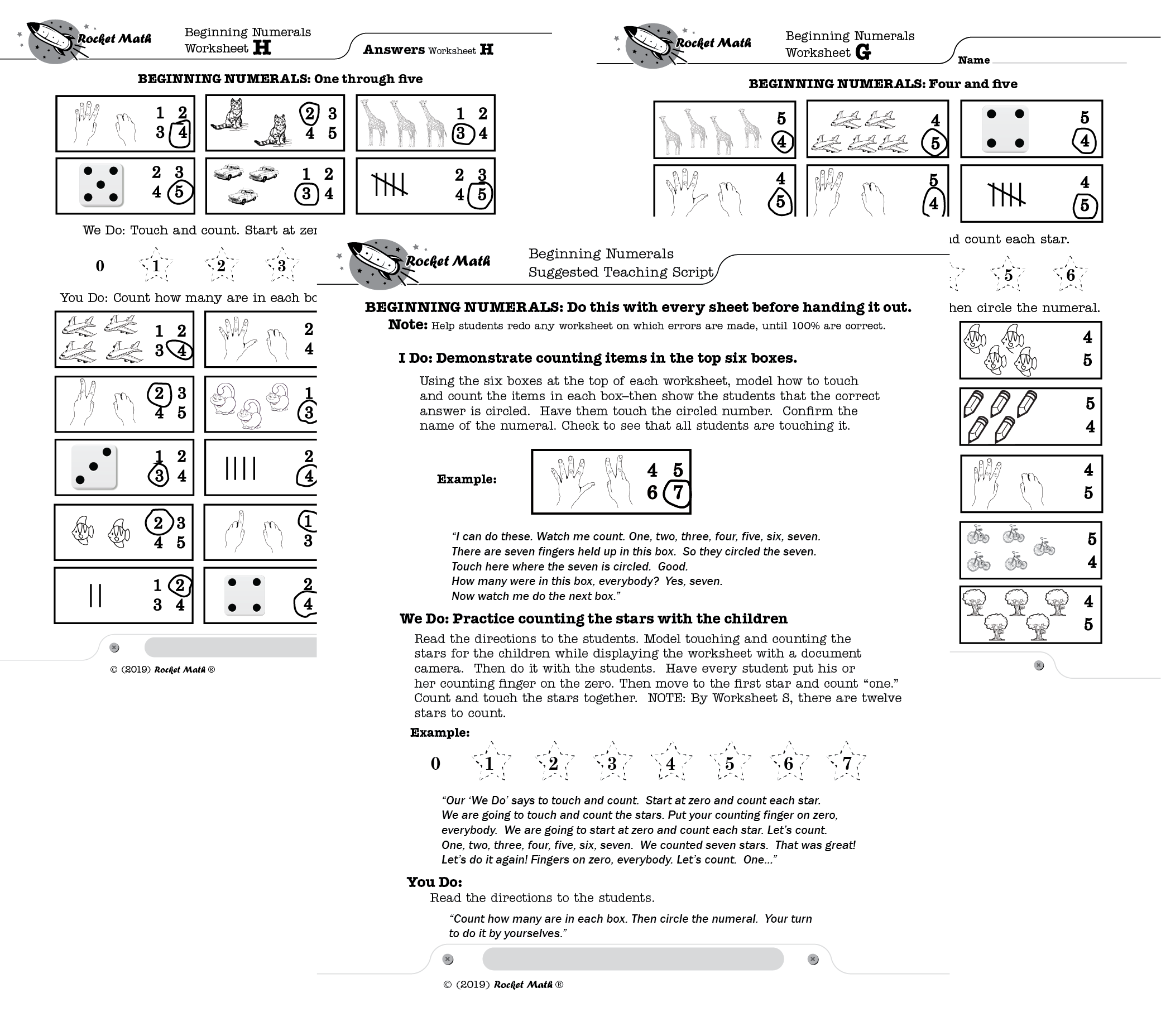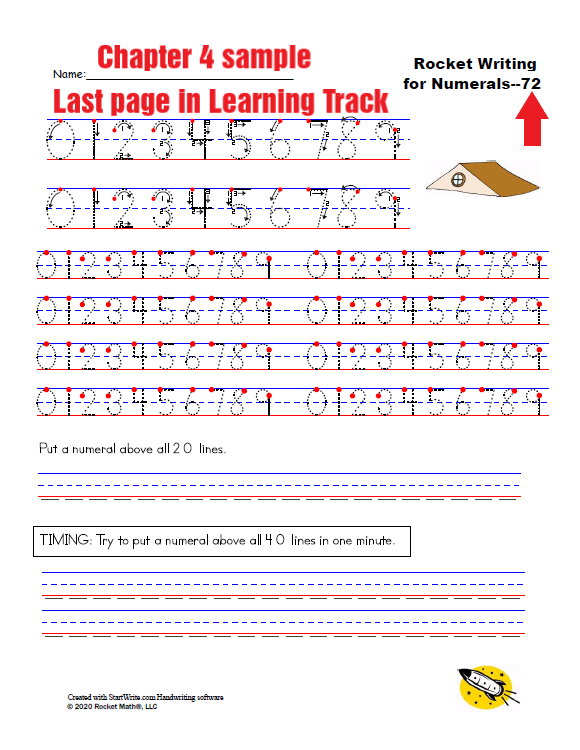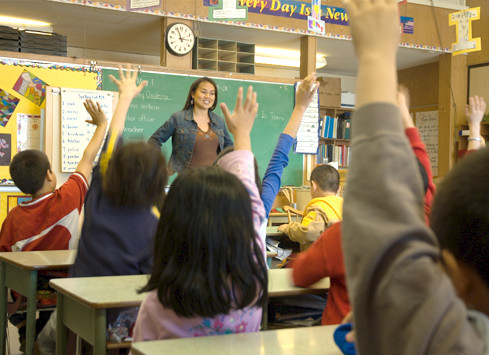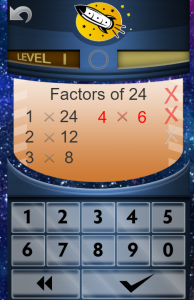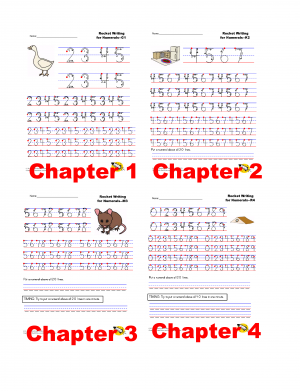List of Learning Tracks Continue to purchase
What do students learn in the Identifying Fractions Learning Track?
Identifying Fractions is a Learning Track to ensure that students have a firm and correct understanding of fractions. This will prepare them well for all subsequent work in fractions.
Students will learn the essential rule about what the numerator and denominator mean, although they won’t be working with those terms. They just learn through examples, practiced over and over. The numerator, called simply the number on the top, tells how many parts are shaded. The denominator, simply called the number on the bottom, indicates the number of parts in a whole. If a whole is not divided into parts, it is a whole number.
Learning proper and improper fractions and mixed numbers.
Right from the beginning of Set A students will encounter improper fractions and mixed numbers. (See the illustration above). They will see examples of every fraction first at the top of the page before they are asked to identify it on their own. You see that students see the fraction, see the words for how we say it and they see the fraction they are to write.
 Unlike other Rocket Math programs, the test and the practice items are the same. Of course, the students have a page without the answers, while their partner holds the answer key. Students practice by saying aloud to their partner the fractions shown in the test. Then they take the test on those same items but write the answer.
Unlike other Rocket Math programs, the test and the practice items are the same. Of course, the students have a page without the answers, while their partner holds the answer key. Students practice by saying aloud to their partner the fractions shown in the test. Then they take the test on those same items but write the answer.
Halves, thirds, fourths, fifths, sixths, eighths, tenths, and twelfths.
The fractions that students become familiar with include, halves, thirds, quarters, fifths, sixths, eighths, tenths and twelfths. They see improper fractions and mixed number with every denominator. In the beginning with the smaller denominators students see a variety of shapes for each denominator, so they learn that the identity of a fraction only has to do with the number of parts in a whole, not the shape of the display. You can see thirds as cubes and as circles and as rectangles in the examples to the right.
When students are eventually introduced to eighths, tenths and twelfths we don’t want to slow them down by having to laboriously count the number of parts in each figure.
- Eighths are always displayed as two sets of four rectangles on top of each other.
- Tenths are displayed as two columns of five blocks with little numbers in them.
- Twelfths are always displayed as three sets of four rectangles on each other.
Students should notice these conventions so they can quickly identify the number of parts in those figures without having to count them.
Be sure to do the Identifying Fractions writing speed test.
Identifying fractions has its own writing speed test, to be sure that student goals are individualized to their writing speed. By the time students complete Set Z in this program they will have a strong understanding of fractions and they will be fluent. There are even 2-minute timings you can give every week or two for them to chart their progress as they get faster. This is a great program for students of any grade from second grade on up who have finished the basics for their grade level. It will really put them in good shape when dealing with fractions in later years.

